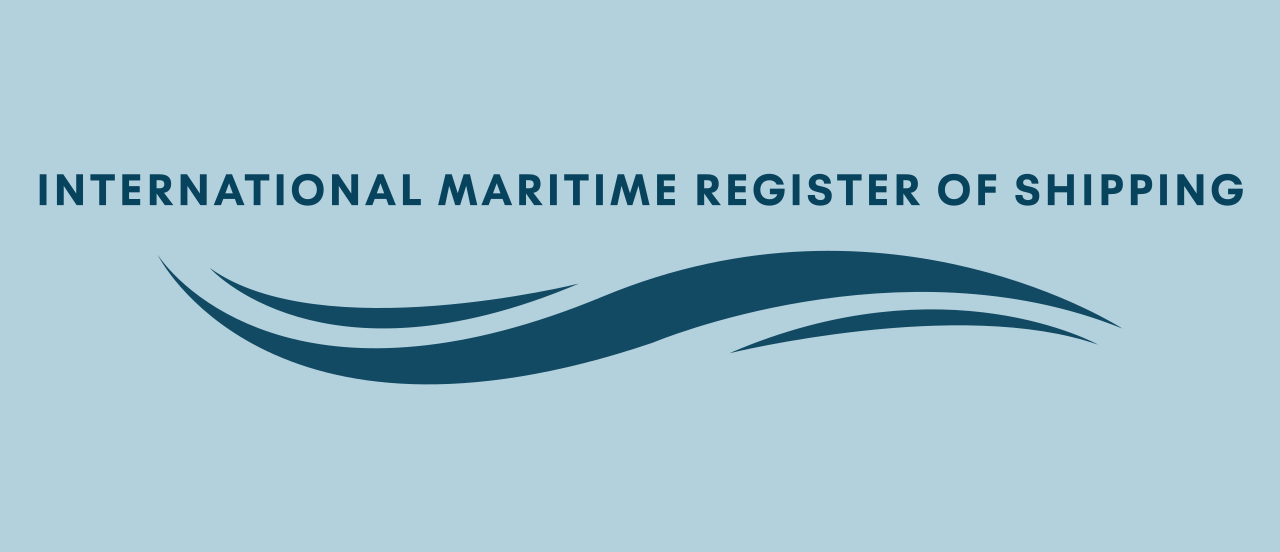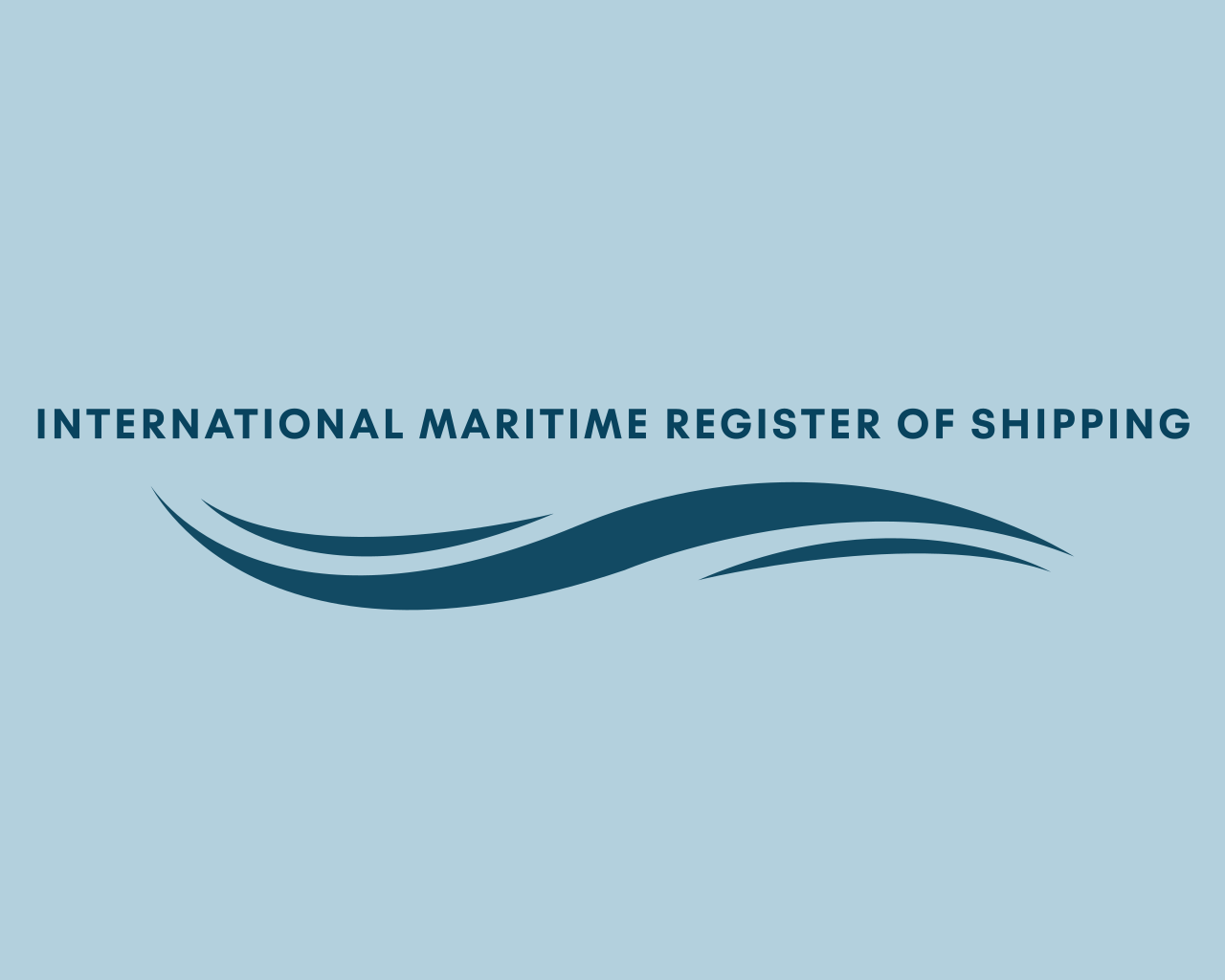INTERNATIONAL SAFETY MANAGEMENT CODE
Statutory
The International Safety Management (ISM) Code came into force on July 1, 1998
International Safety Management (ISM) is a comprehensive framework established by the International Maritime Organization (IMO) to ensure the safe operation of ships and prevent marine accidents, environmental incidents, and harm to personnel. The ISM Code, which outlines the principles and objectives of the ISM framework, was adopted in 1993 and became mandatory for all ships engaged in international voyages in 1998. The ISM Code applies to ships of 500 gross tonnage and above, as well as to mobile offshore drilling units.
The primary objectives of the ISM Code are to:
Ensure Safety: The ISM Code aims to promote a safety culture within shipping companies and onboard vessels. It requires shipowners and operators to establish and maintain a safety management system (SMS) that identifies potential risks, hazards, and operational concerns, and implements measures to mitigate these risks and prevent accidents.
Protect the Environment: The ISM Code emphasizes the importance of environmental protection and pollution prevention in maritime operations. It requires shipping companies to develop procedures and protocols for managing environmental risks, reducing emissions, and complying with international regulations such as MARPOL (International Convention for the Prevention of Pollution from Ships).
Enhance Personnel Competence: The ISM Code emphasizes the importance of training, education, and competency assessment for personnel involved in ship operations. It requires shipping companies to ensure that crew members receive adequate training and possess the necessary skills and qualifications to perform their duties safely and effectively.
Continuously Improve Safety Performance: The ISM Code promotes a cycle of continuous improvement by requiring shipping companies to conduct regular safety audits, inspections, and reviews of their safety management systems. By identifying areas for improvement and implementing corrective actions, companies can enhance their safety performance and reduce the likelihood of accidents and incidents.
Key components of the ISM framework include:
Safety Management System (SMS): The SMS is a structured framework developed by shipping companies to manage safety-related activities and operations. It includes written procedures, guidelines, and protocols for identifying, assessing, and controlling risks, as well as for responding to emergencies and incidents.
Designated Person Ashore (DPA): The DPA is a key individual appointed by the shipping company to oversee the implementation of the SMS and ensure compliance with the ISM Code. The DPA serves as a point of contact between the company and regulatory authorities and is responsible for monitoring safety performance, conducting audits, and addressing safety concerns.
Documented Procedures: The ISM Code requires shipping companies to develop and maintain a range of documented procedures and records to support the implementation of the SMS. These include procedures for risk assessment, operational planning, emergency response, crew training, and performance monitoring.
ISM code requires issuance of the following certificates and manuals
- Safety management certificate
- Denouements of compliance for the ISM management company
- ISM manuals

